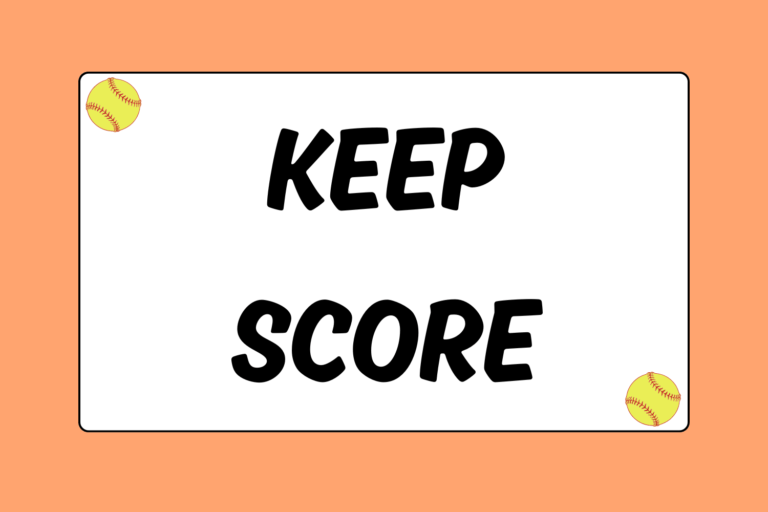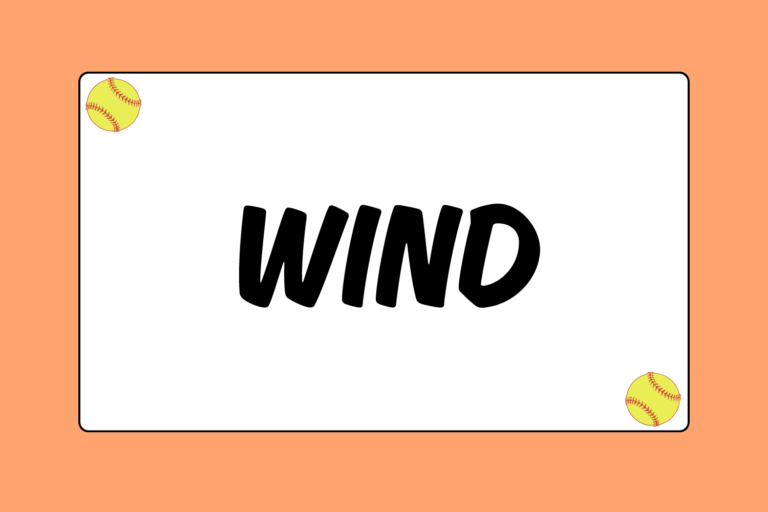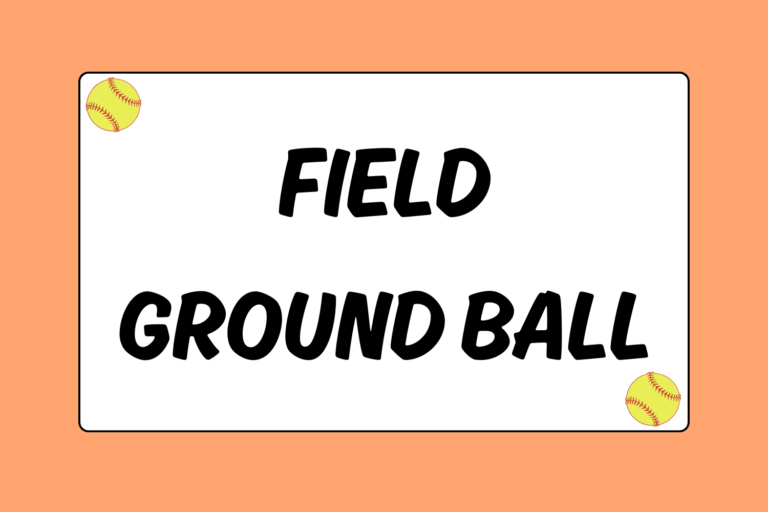Often referred to as a “pickle,” executing a rundown is not as easy as it appears. A successful rundown should be over within three throws, and sometimes only two! And although this play may seem like a no-brainer, there is definitely a strategy to use. You’d be surprised at how many errors happen during rundowns, due to bad feeds or improper timing. This softball guide will take you through the steps to perfect the pickle.
Who is Involved?
Though you only see three players immediately involved in a rundown — two defensive players and one runner — there is always at least one additional player involved. This player is the backup to the player who starts with the ball, and she stands next in line to receive it. Described below is how a rundown would be performed with a runner caught between second and third base (the second baseman will start with the ball):
- A runner takes too big of a lead off second, and the second baseman has the ball.
- The second baseman chases the runner toward third. Meanwhile, the shortstop has moved behind the second baseman to “get in line” for the play.
- As the second baseman is forcing the runner back, she gets closer to the third baseman and tosses her the ball. The second baseman then follows her throw by sprinting to get behind the third baseman. The shortstop steps in with her glove up and ready.
- The runner puts on the brakes and heads back to second as the third baseman chases her.
- The third baseman gets within a few feet of the shortstop and tosses her the ball.
- The shortstop then chases the runner back toward third base. If she cannot tag the runner out, she will toss the ball to the second baseman, and the process will be repeated until the runner can be tagged. Ideally, the second baseman will be able to catch the shortstop’s toss and put a tag on the runner immediately.
It sounds fairly straightforward, right? The steps above are what you would see if you were watching a rundown. The section below outlines how you actually perform it.
1. Show the Ball
It doesn’t matter if you start with the ball or if you’re the second-to-last person to touch it, you always have to show it. Do this by simply bending your elbow and raising your forearm so the ball starts at about eye-level. Your palm (and the ball) will always face the runner and receiver. Keep your arm steady as you move towards your target. If you pump-fake repeatedly, you will only scare the receiver. Keep your wrist strong and steady until you’re about to release the ball, then cock it back and make an accurate, soft toss.
2. Make an Easy Feed
When you have possession of the ball, your goal is not to scare your teammate. Don’t fire the ball at her. Simply snap your wrist and release the ball. Anything more will be too hard or inaccurate. A simple flick of the wrist will get the ball where it needs to go. You can practice this flip during warm-ups.
3. Close the Gap
There will always be two defensive players involved with the play — the player with the ball and the player waiting to receive it. There is a term you’ll hear often during rundowns: “Close the gap.” This describes the action both fielders take in the play: They close the gap between them. The player with the ball runs towards the runner, chasing her to the receiver. Simultaneously, the receiver runs towards the player with the ball, closing the game between them and giving the runner less space to move. Everyone must always be working to close the gap.
Hot Tip: Get Out of the Way of Obstruction
As two defensive players close the gap, the runner will be darting back and forth between them. A smart runner can try to purposely run into a fielder. The most common situation where this would occur is immediately after a player tosses the ball to her teammate. If the runner has not turned on her heels towards the receiver, she will collide with the player who just threw the ball. This would be an immediate call of obstruction against the defense, and the runner would automatically be safe. Watch for this and don’t let a runner sneak away with this call.
4. Follow Your Throw
Whether you are the first player with the ball or the last person to throw it, you always follow your throw. After you throw the ball to your teammate, follow your throw and sprint to get behind her. Then you’ll be next in line to receive the ball after she throws it.
5. Tag with Two Hands
As you and your teammate close the gap, you will eventually have two options: You can continue throwing the ball back and forth, or you can simply tag the runner (if you are close enough). You can judge the distance by determining how quick you are compared to the runner. If you close the gap fast enough and get within an arm’s reach of the runner, tag her. And whenever you decide to tag the runner, always tag her with two hands on the ball.
6. Talk Constantly
Every player involved in the rundown needs to talk — but only when it means something. Too many voices has the potential to ruin the play. There is really only one word that needs to be said, and only the receiver needs to say it. That word is “Now!” This command tells the thrower to toss the ball at that precise moment, no sooner or later. Hearing this, the thrower will give the receiver an accurate toss and the receiver, who will already be closing the gap, will receive the ball as she approaches the runner.
There is a strategy to this. Give the command when the runner is two or three steps in front of you. Any further away and she’ll be able to stop on her heels and turn the other way too quickly. Any sooner and she could interfere with the throw or your vision of the ball, causing you to lose the opportunity at an out.
Practice the Feed!
The best way to perfect a rundown feed is to practice. You can use your entire team, or just three players:
- Arrange players in two lines that face each other; these lines should be roughly a baseline’s length apart. If you only have three players, place one in her own line and two in the second line (this line will start with the ball). For an entire team, split players up evenly.
- The player with the ball (the “feeder”) will show the ball and run toward the first player of the second line (the “receiver”). The receiver will close the gap by running toward the feeder.
- When the receiver thinks the feeder is close enough, she’ll yell “Ball!” and the feeder will throw the ball to her. After releasing the ball, the feeder will sprint behind the receiver (or to the end of that line if there are more than three people). The next player in her old line will step up to be the new receiver, and the player who just caught the ball becomes the new feeder.
- Continue steps two and three until 10-20 feeds have been exchanged.
In the Pickle
These plays will only get easier with practice. The two players involved in the play must always be talking and closing the gap. The thrower needs to show the ball, and the receiver must keep her glove up and open. Executing rundowns will be a huge momentum boost for your team, so make every throw worthwhile!





